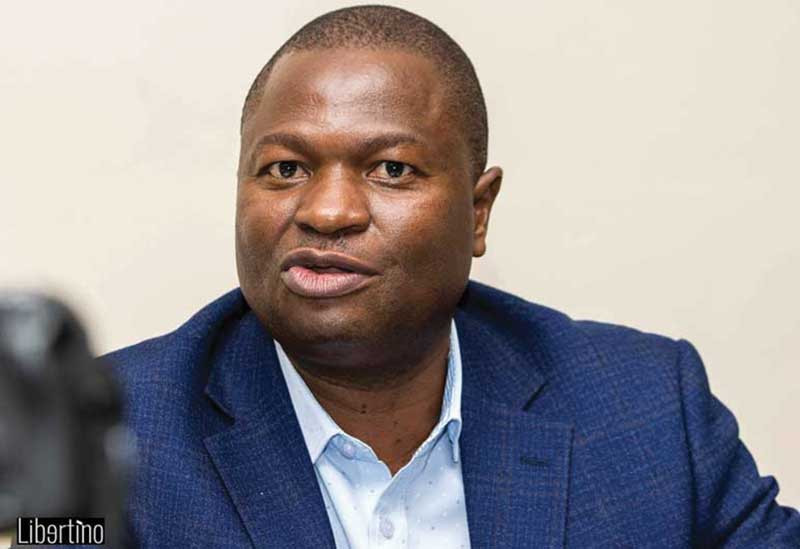
Gold rose on Tuesday, taking advantage of a drop in the U.S. dollar after top Federal Reserve policymakers warned about the fragility of the economy and after euro zone finance ministers made progress in agreeing on terms of aid for Spain’s banks.
The Federal Reserve will hold a two-day policy meeting on July 31 that is expected to yield no change in U.S. interest rates, but markets will scour every word of Chairman Ben Bernanke’s post-decision news conference for any sign that the central bank will do more to promote economic growth.
Three top Federal Reserve policymakers on Monday laid the groundwork for a third round of bond purchases, saying the U.S. recovery was weak and unemployment far too high.
Spot gold was up 0.5 percent on the day at $1,594.60 an ounce by 1207 GMT, having fallen earlier by as much as 0.3 percent to a session low of $1,582.34. August gold futures were up 0.4 percent at $1,595.20 an ounce.
“We have the (Fed meeting)… and ahead of that, everyone is a bit lost at the moment. It looks like $1,630 is pretty much a brick wall, while on the downside, $1,550 is equally strong support. So unless something extraordinary happens, we will be stuck in this range,” MKS Finance head of trading Afshin Nabavi said.
The Fed has kept benchmark short-term interest rates near zero since December 2008 and signaled it would keep them there until at least late 2014 to bolster the economy.
A Reuters poll shows U.S. primary dealers attach a 70 percent chance of the central bank conducting more government-bond buying to pin down borrowing costs, up from a 50 percent chance in late June.
Gold tends to compete more effectively for investor money when interest rates are low as it has no yield or dividend that can be eroded by loose monetary policy.
- Chamisa under fire over US$120K donation
- Mavhunga puts DeMbare into Chibuku quarterfinals
- Pension funds bet on Cabora Bassa oilfields
- Councils defy govt fire tender directive
Keep Reading
Since the Fed embarked on its first round of bond-buying in late 2008, gold has more than doubled in value.
Merrill Lynch expects gold prices to get another boost if the Fed does take action to keep rates low later in the year.
“Loose monetary policies, with a scope for more aggressive balance sheet use in the U.S. and Europe, will keep real rates in most reserve currencies low (or negative) during 2012. We continue to believe that this will allow investor demand to remain strong and prices to reach our $2,000/oz target by the end of the year,” the bank said.
DOLLAR LINK TIGHTENS
Gold’s recent tendency to move inversely to the dollar and in line with more risk-linked assets has undermined some of its safe-haven appeal. The lack of a clear trend in the U.S. economy, where interest rates are key for gold, has also deterred potential investment with any drops in price.
The correlation between gold and the dollar index reached its most negative in 20 months, falling to -0.7 on a rolling one-month basis, from closer to -0.2 at the start of the month. This means the two assets are more likely to move inversely to each other now than they did at the start of July.
The last time the correlation was this negative was early December 2010.
“Everyone wants to get involved in gold, but they have been disappointed several times, so I think we need a confirmation that gold is really going somewhere, and that will only happen when it gets above $1,630, only then will we have some investment come back into the market,” MKS’ Nabavi said.
Holdings of gold in exchange-traded products declined by the largest one-day amount since late May, reflecting some of the investor wariness towards bullion.
Gold holdings in the world’s eight major ETPs fell by 116,427 ounces by the close on Monday to 70.529 million ounces, driven by an outflow of this size from the SPDR Gold Trust, the largest ETP.
Perhaps also highlighting some of the turmoil on the European markets, the Swiss-listed ETPs have drawn in the most gold so far in July. Julius Baer’s gold fund holdings have risen by 46,000 ounces, while ZKB’s holdings have risen by 23,446 ounces and ETF Securities’ non-U.S. ETP holdings have risen by 1.1 million ounces.
On a positive note for the euro, euro zone finance ministers agreed early on Tuesday to grant Madrid an extra year until 2014 to reach its deficit reduction targets in exchange for further budget savings. They also set the parameters of an aid package for Spain’s ailing banks.
The decisions were aimed at preventing the currency area’s fourth largest economy, mired in a worsening recession, from needing a full state bailout which would stretch the limits of Europe’s rescue fund and plunge it deeper into a debt crisis.
In other precious metals, silver rose 0.4 percent on the day to $27.42 an ounce, while platinum was flat at $1,439.25 an ounce and palladium rose 0.7 percent to $582.75.











